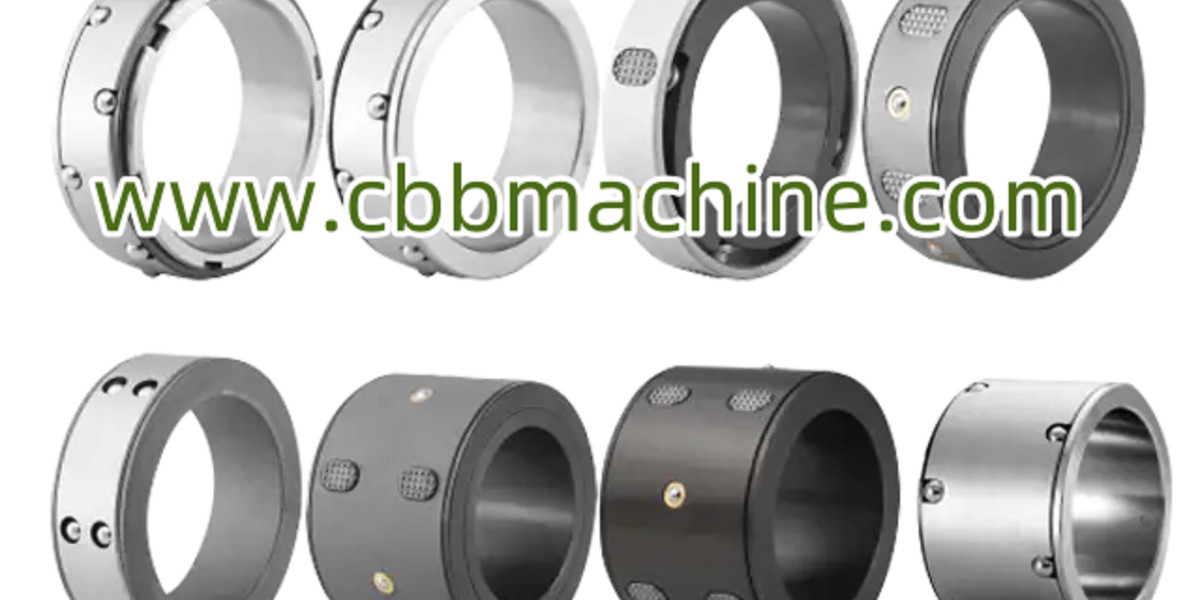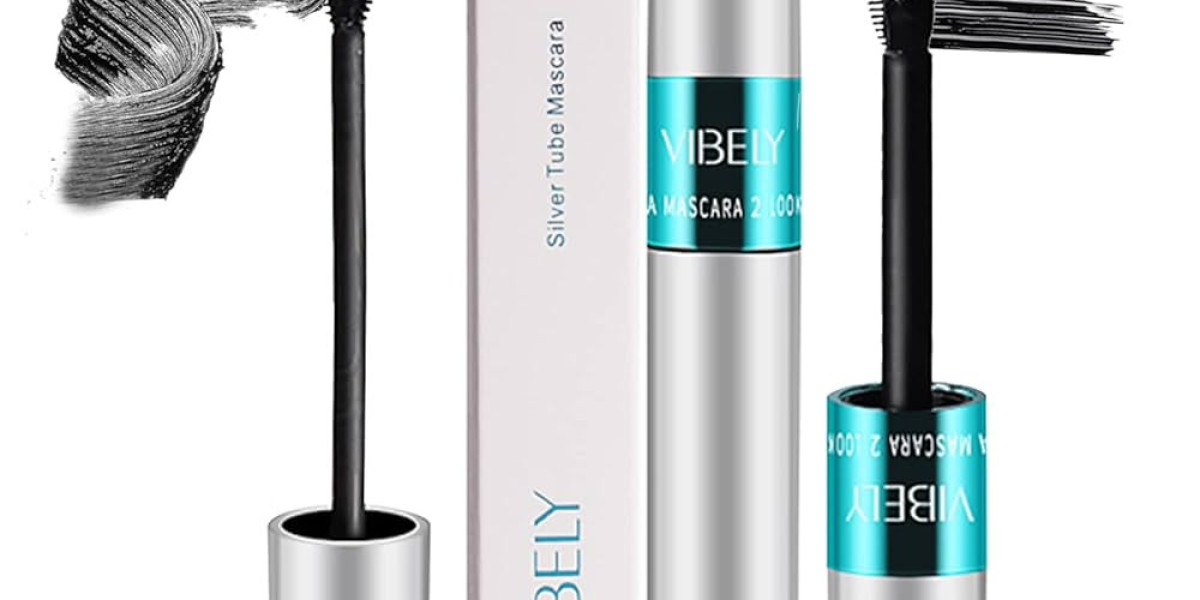Enhancing Web Tension Control with a Differential Shaft
The Differential Shaft is a vital component in modern web handling and slitting systems, especially in industries where consistent winding performance and precise tension control are crucial. Whether used in film, foil, paper, or label production, this device plays a key role in achieving high-efficiency operations by enabling independent torque application across multiple cores on a single shaft.
In web converting lines, consistent tension is essential to ensure that materials are wound without wrinkles, telescoping, or deformation. Traditional fixed shafts can fall short when working with materials of varying thicknesses or winding multiple rolls at once. This is where the differential shaft becomes highly valuable. Its core design allows for slight slippage between each core, ensuring equal winding tension, regardless of diameter or roll density differences.
The working principle of a differential shaft is simple yet effective. It typically employs friction elements, such as rings or balls, which interact with air pressure or mechanical adjustment to control torque on each core. This ability to regulate torque individually minimizes the risk of damage to the substrate and reduces scrap rates, a major benefit in high-speed production settings.
From an operational standpoint, integrating a differential shaft into a production line offers various advantages. First, it significantly reduces downtime caused by roll inconsistencies. Operators can mount different-sized cores or run mixed material batches without compromising on quality. Second, it contributes to smoother machine operation by absorbing shock loads and reducing the stress placed on drive systems.
Another benefit of the differential shaft lies in its adaptability. These shafts are often customizable to suit specific core diameters, shaft lengths, and torque ranges. Whether you're running narrow-width slitting jobs or wide web materials, the shaft's design can be fine-tuned to match the requirements of your production line. Some models even support both mechanical and pneumatic adjustment, adding an extra layer of flexibility.
Maintenance is also a key factor. Many differential shafts are designed with durability in mind and require minimal upkeep. Regular inspection of the friction rings and torque mechanisms ensures long service life and consistent performance. Operators typically appreciate the straightforward design and user-friendly adjustments, which reduce the learning curve for new team members.
Moreover, safety and material protection are critical considerations. The differential shaft helps prevent core crushing by eliminating the need to over-tighten materials during winding. This ensures better roll formation and improved product appearance, which is essential for end-users who demand high-quality presentation in packaging or label applications.
In today’s competitive industrial landscape, efficiency, material savings, and consistency are priorities. The differential shaft contributes directly to these goals. Manufacturers who prioritize stability, precision, and longevity in their web converting equipment will find that this component delivers measurable value over time.
Whether you're upgrading an existing line or installing a new system, considering a differential shaft for your winding processes can make a noticeable impact. It’s a key solution for operations that involve delicate substrates or require multi-roll winding accuracy.








